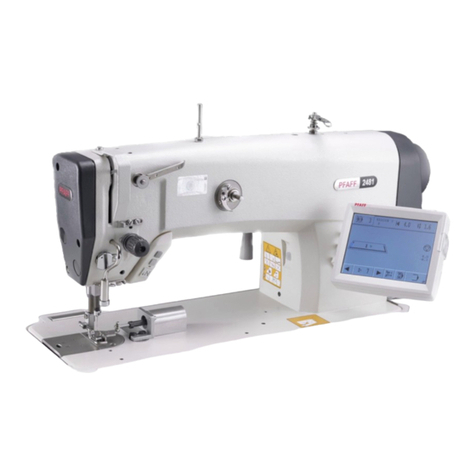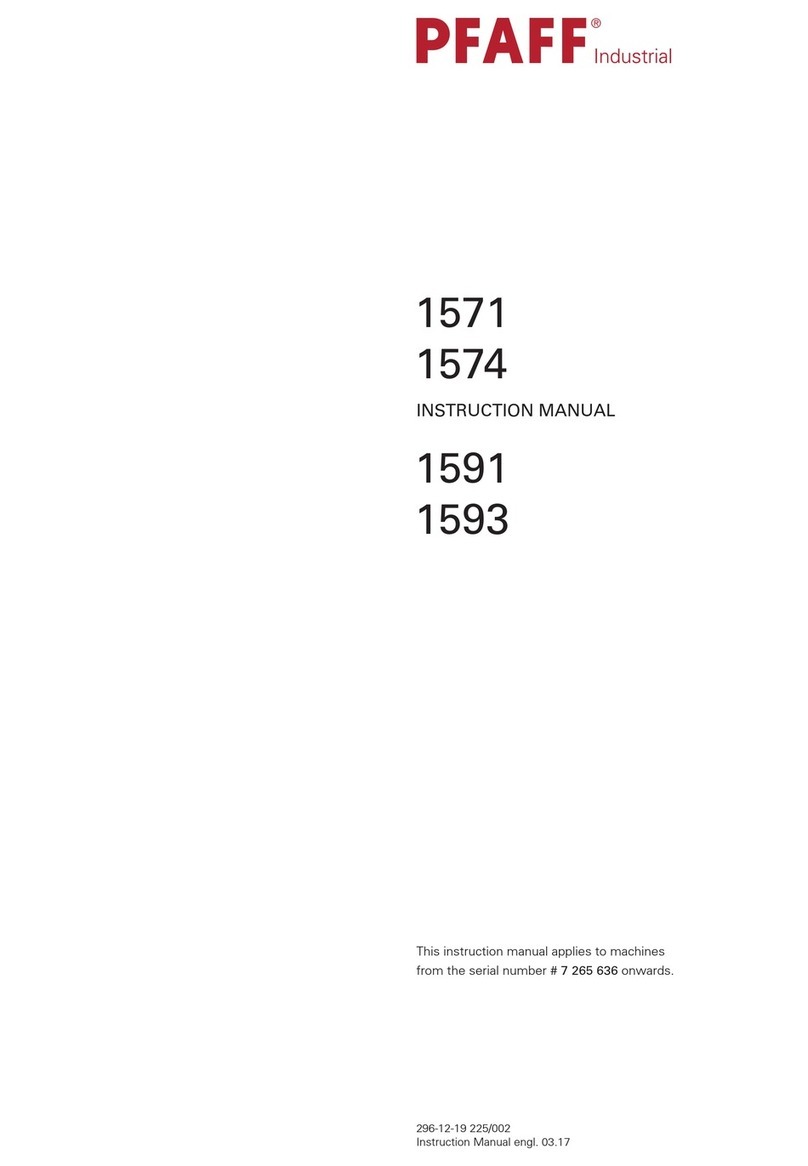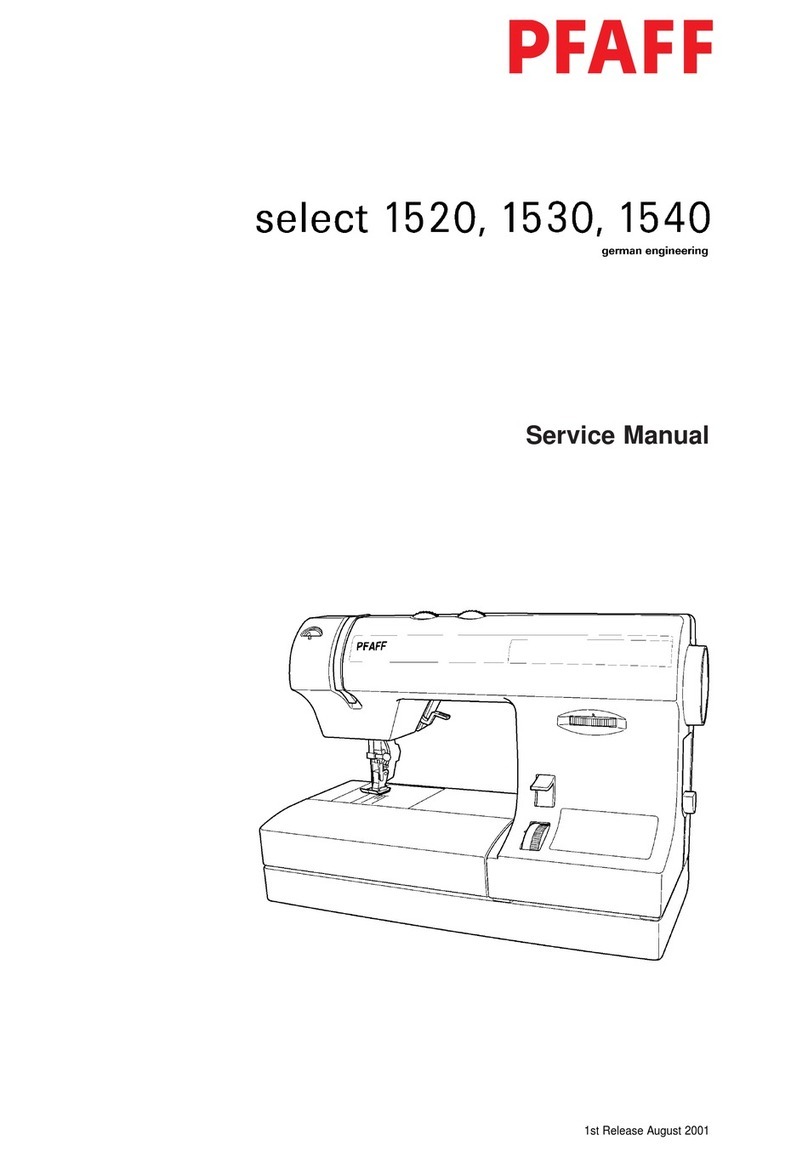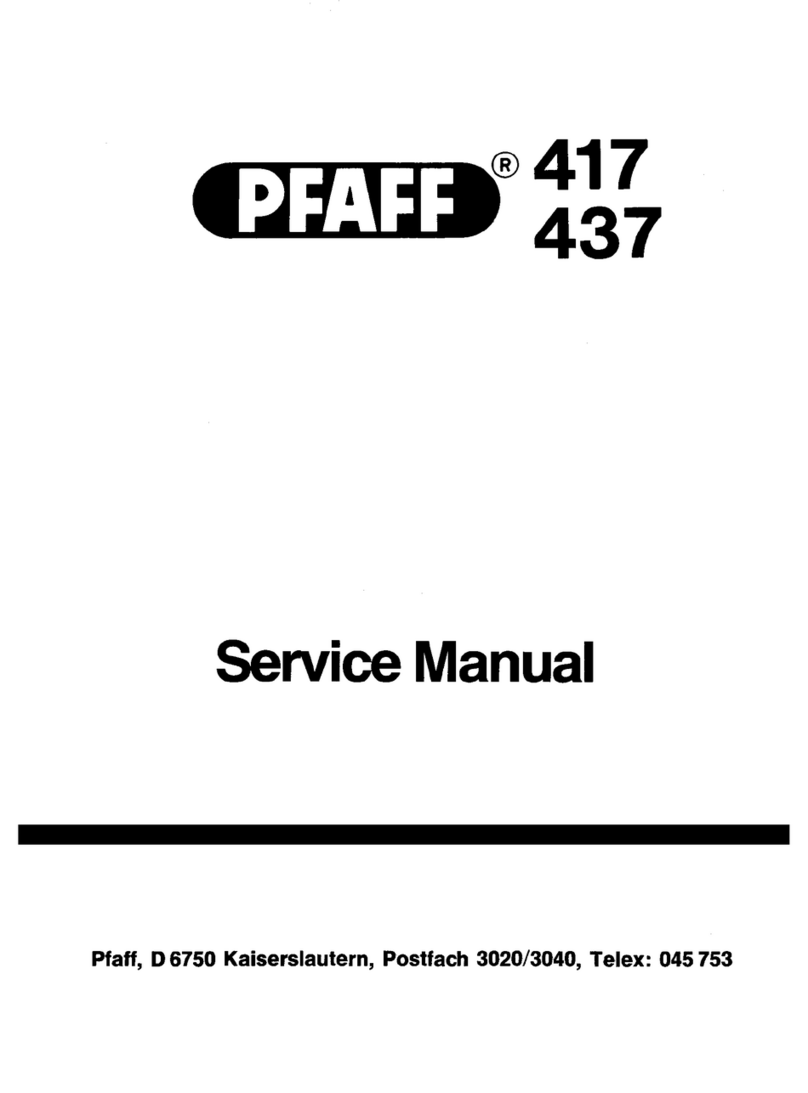Pfaff 145 User manual
Other Pfaff Sewing Machine manuals
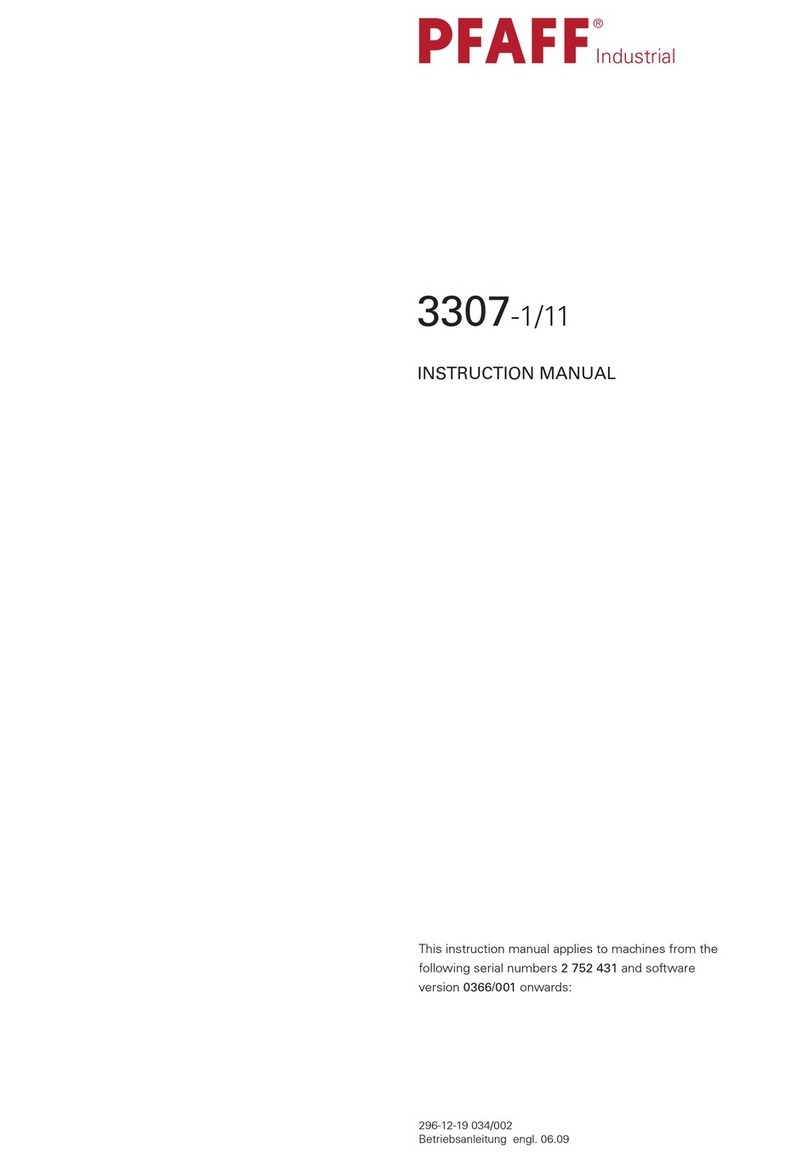
Pfaff
Pfaff 3307-1 SERIES User manual
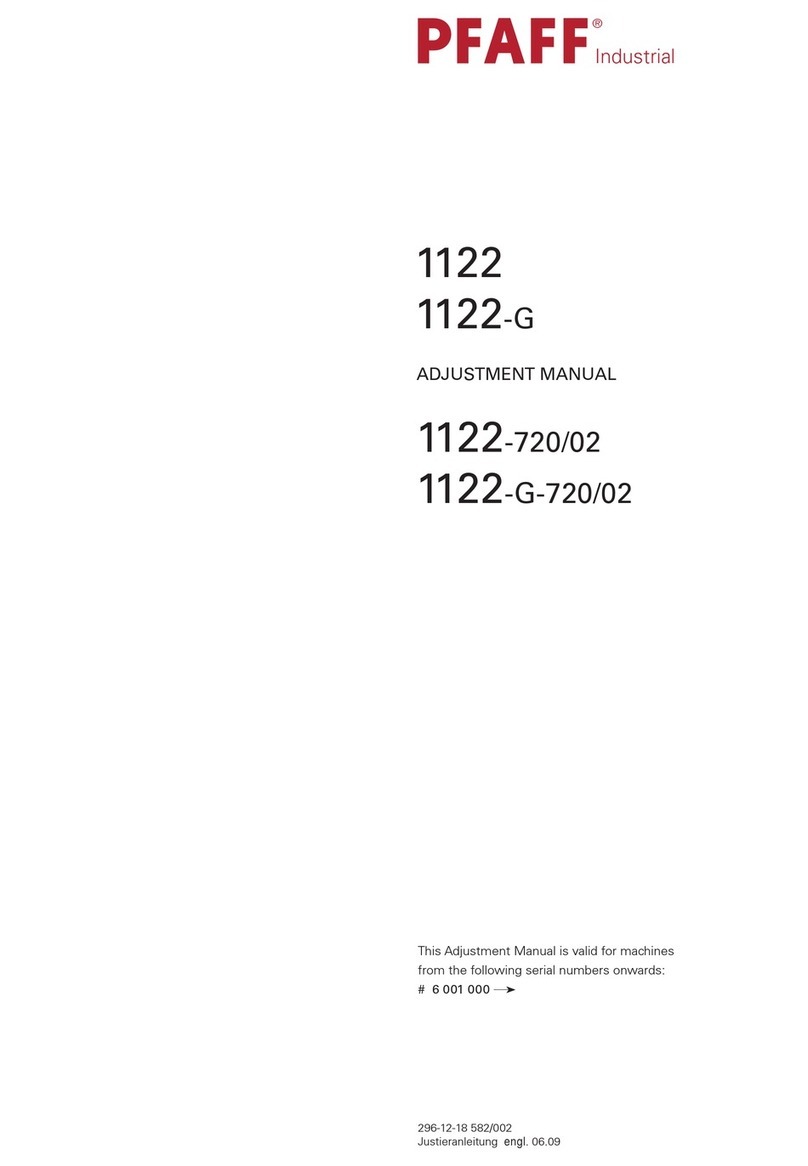
Pfaff
Pfaff hobby 1122 Guide
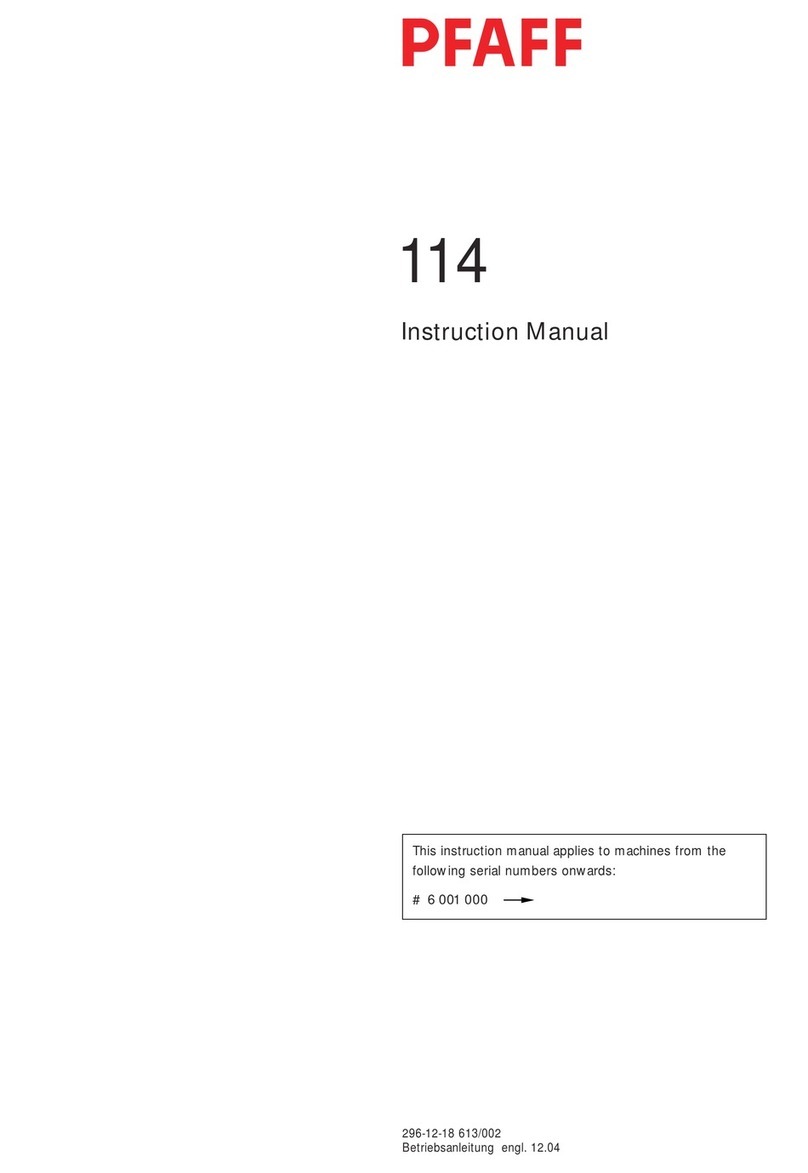
Pfaff
Pfaff 114 User manual
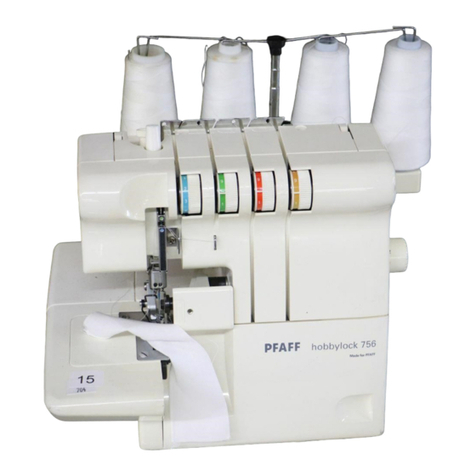
Pfaff
Pfaff hobbyblock 756 User manual
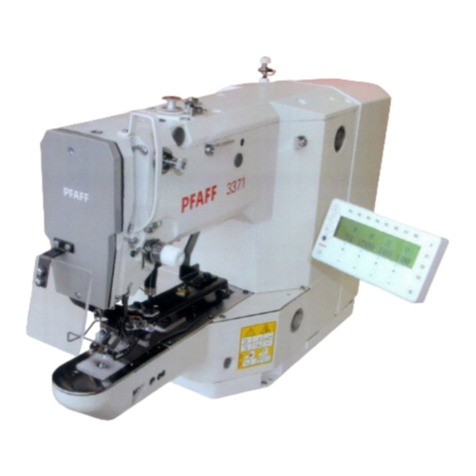
Pfaff
Pfaff 3371-1 series User manual
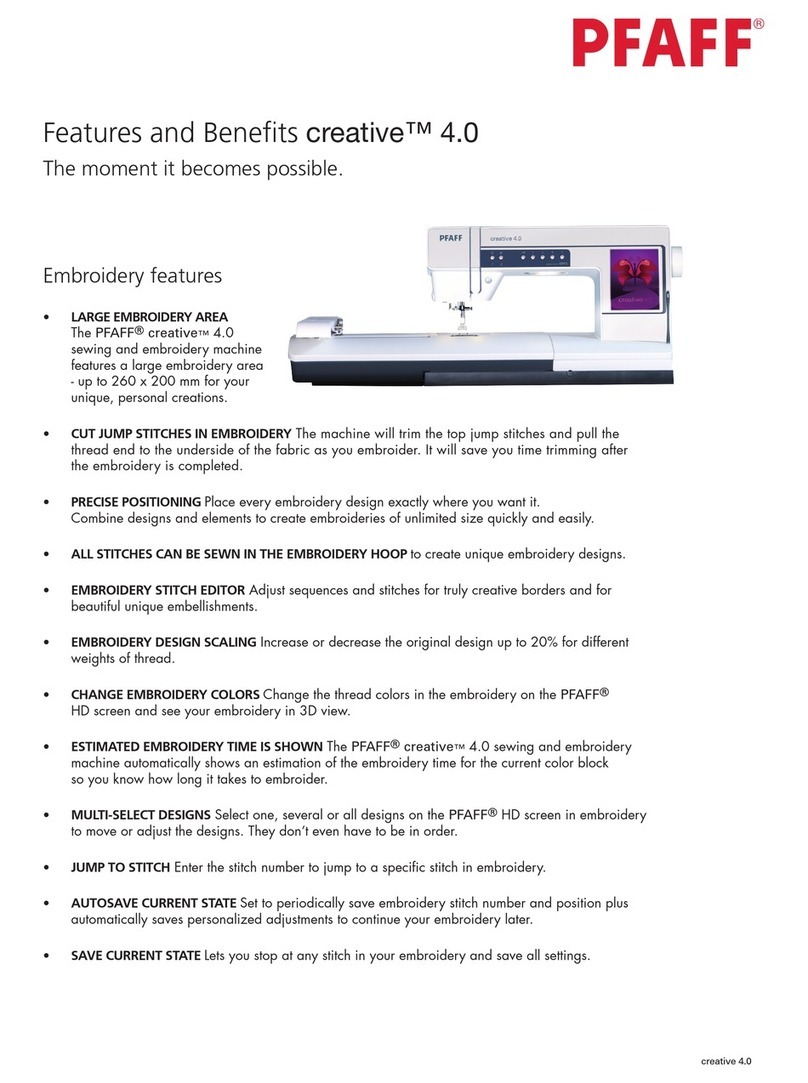
Pfaff
Pfaff CREATIVE 4.0 - User manual

Pfaff
Pfaff 3822-1/22 User manual
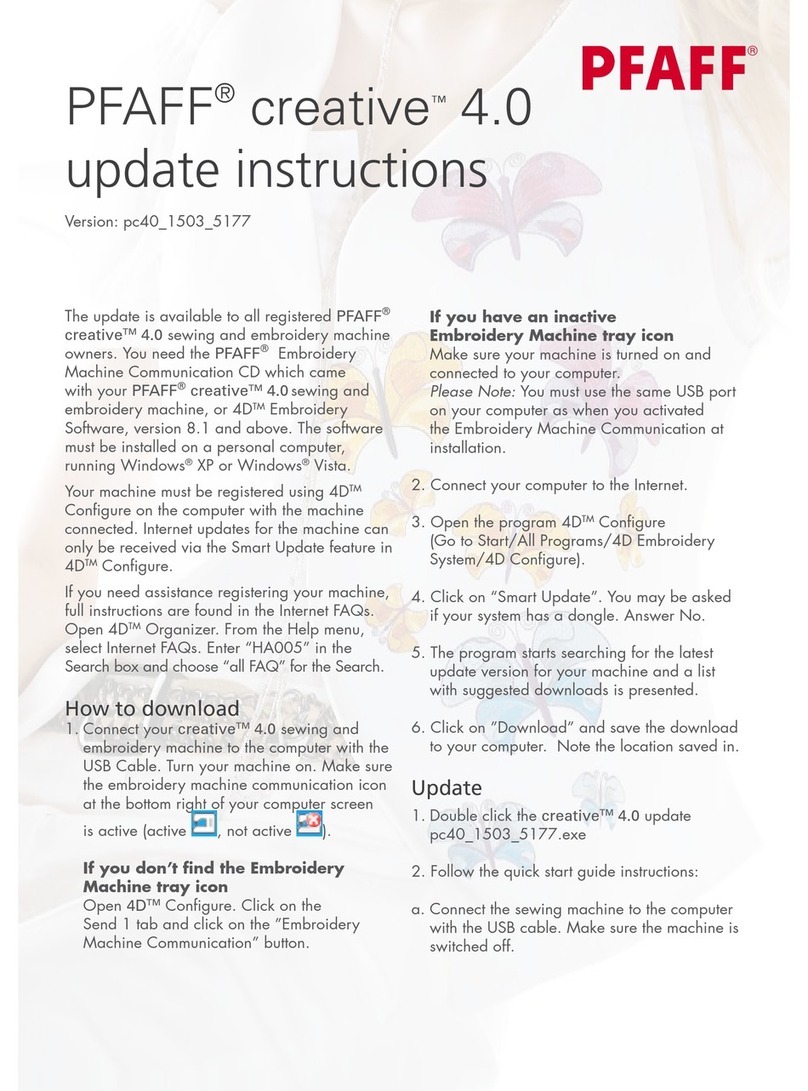
Pfaff
Pfaff CREATIVE 4.0 - User manual
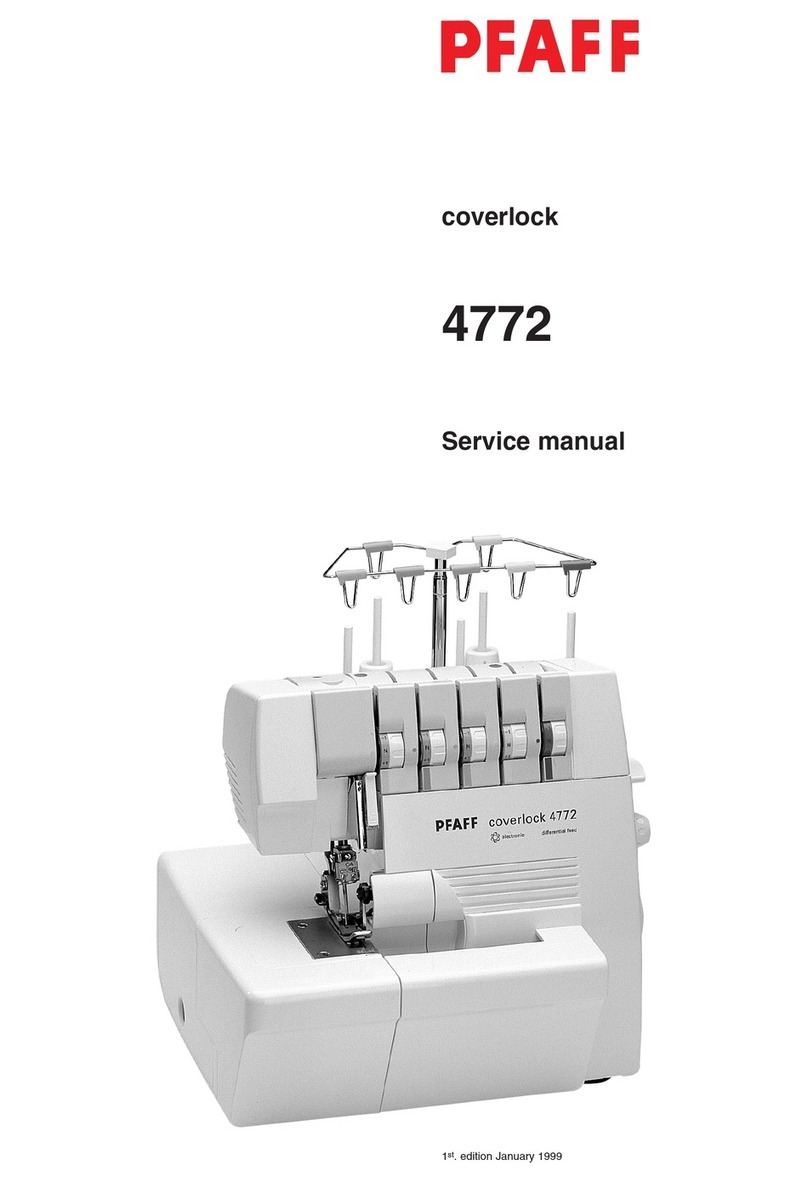
Pfaff
Pfaff coverlock 4772 User manual
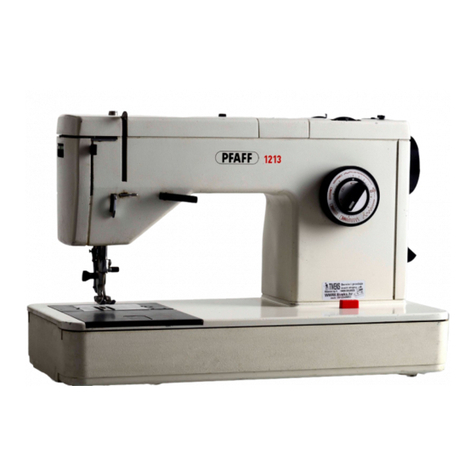
Pfaff
Pfaff 1213 User manual
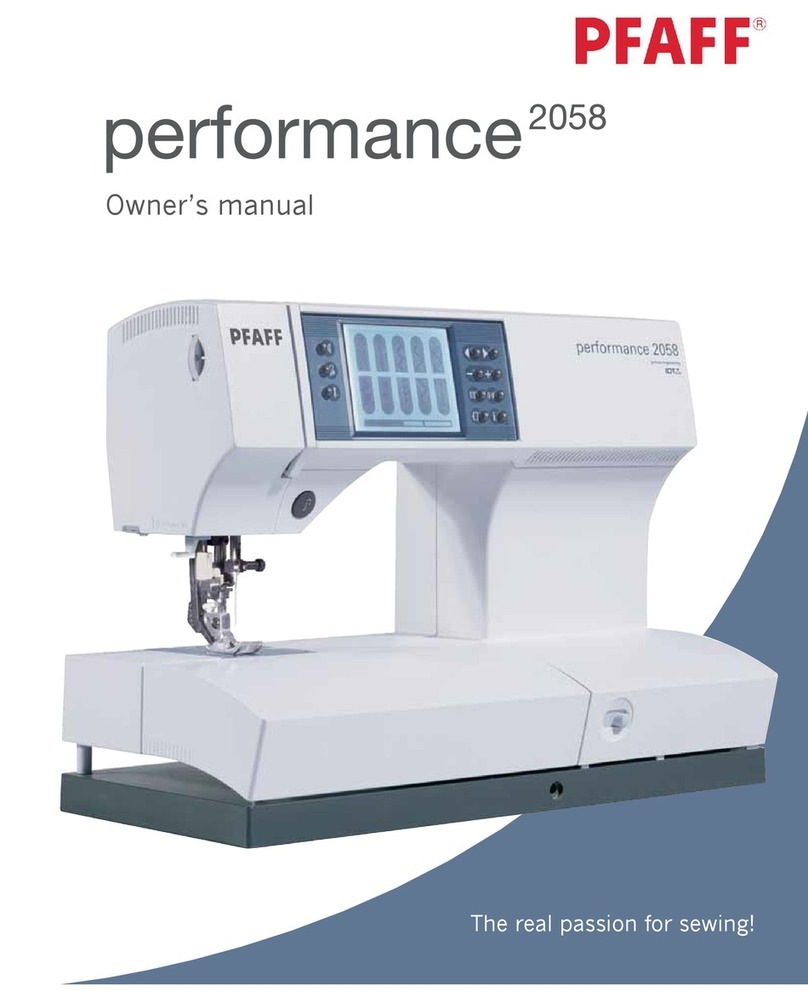
Pfaff
Pfaff perfomance 2058 User manual
Pfaff
Pfaff creative icon User manual
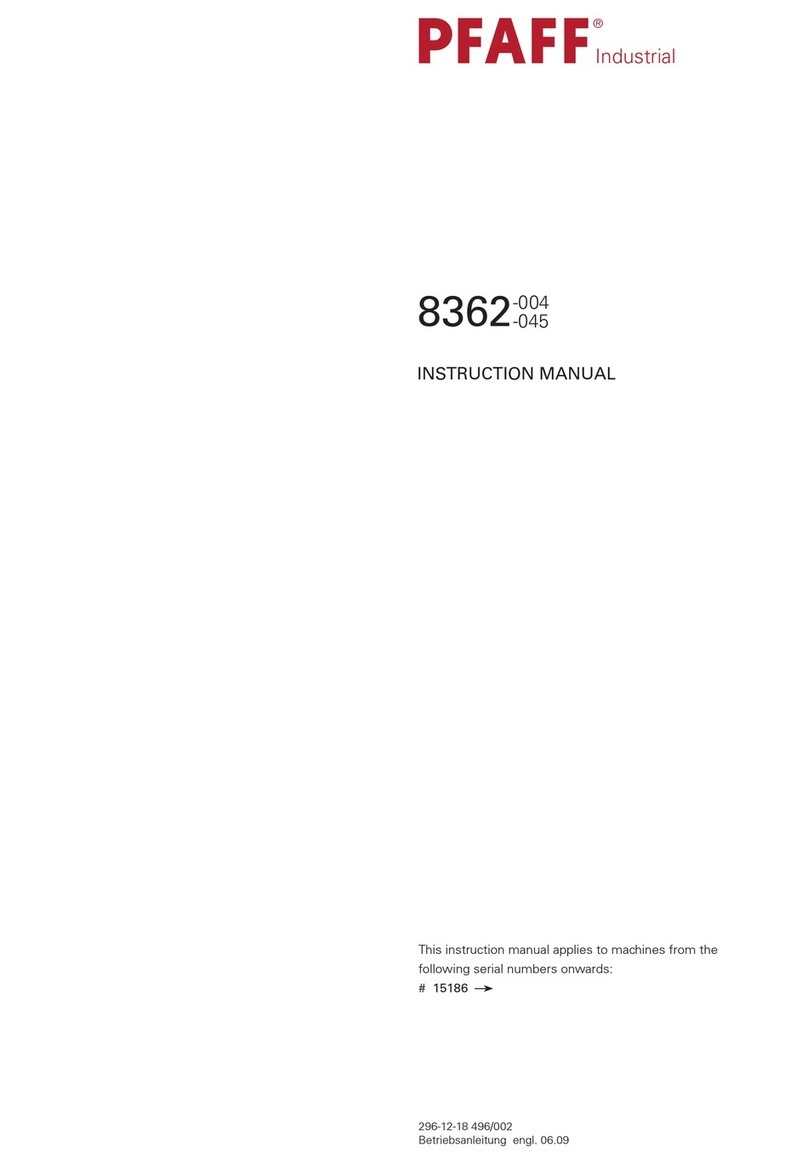
Pfaff
Pfaff 8362-004 User manual
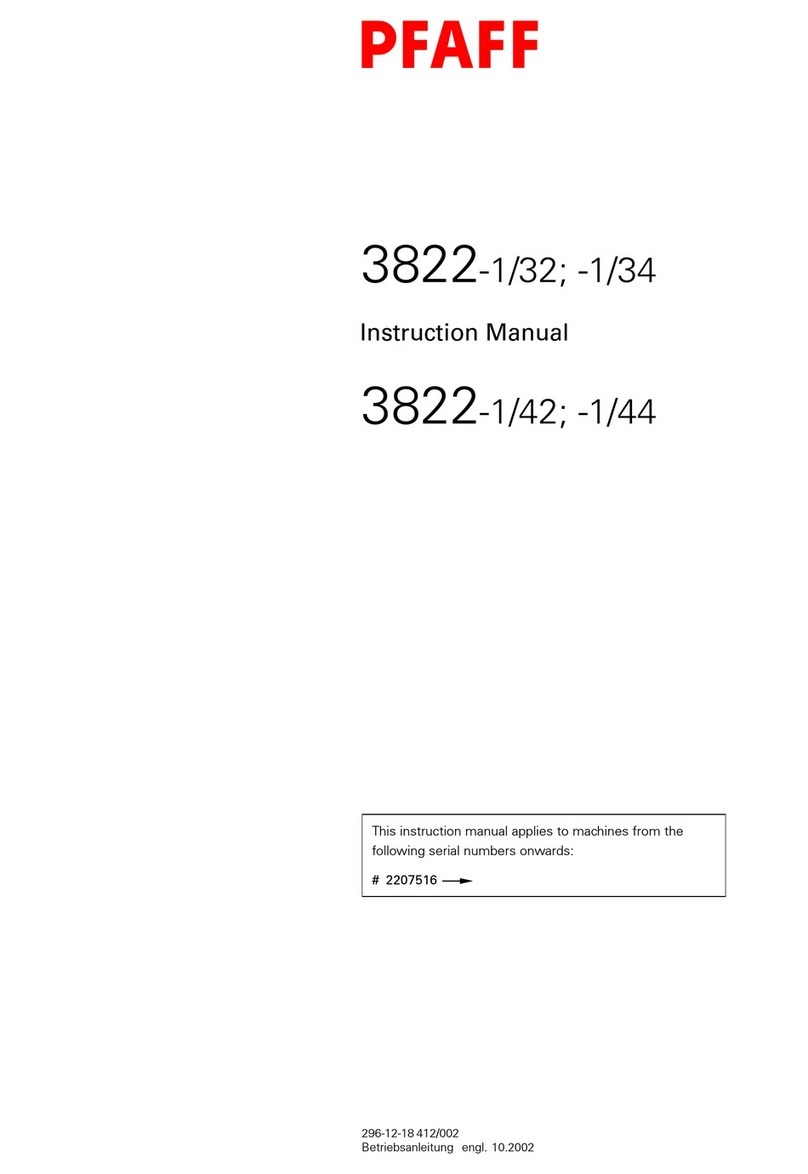
Pfaff
Pfaff 3822-1/32 User manual
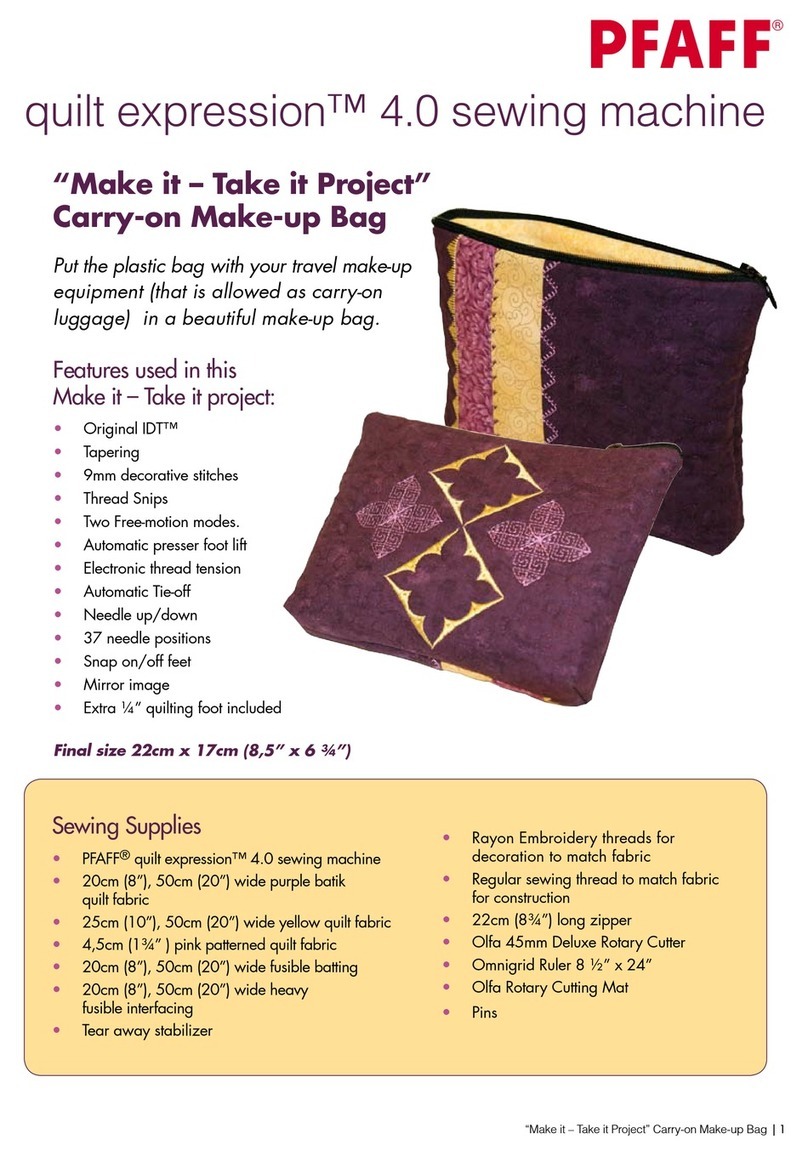
Pfaff
Pfaff QUILT EXPRESSION 4 User manual
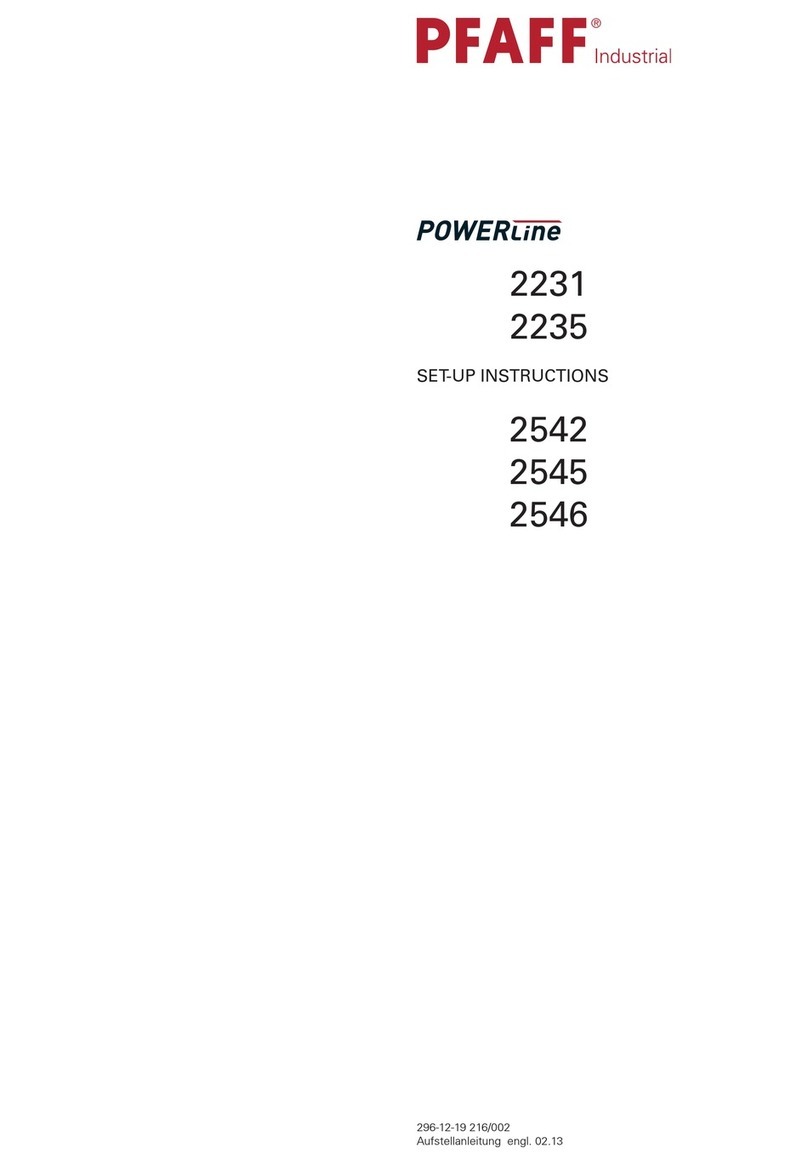
Pfaff
Pfaff PowerLine 2231 Manual
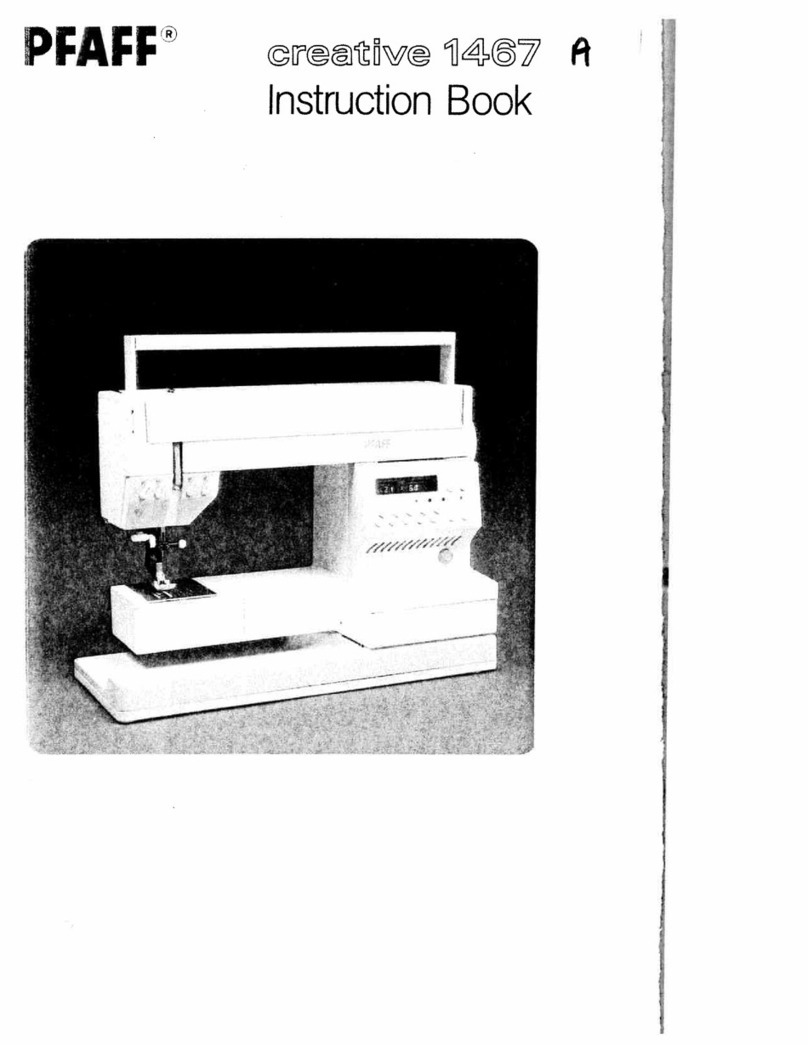
Pfaff
Pfaff Creative 1467A User manual
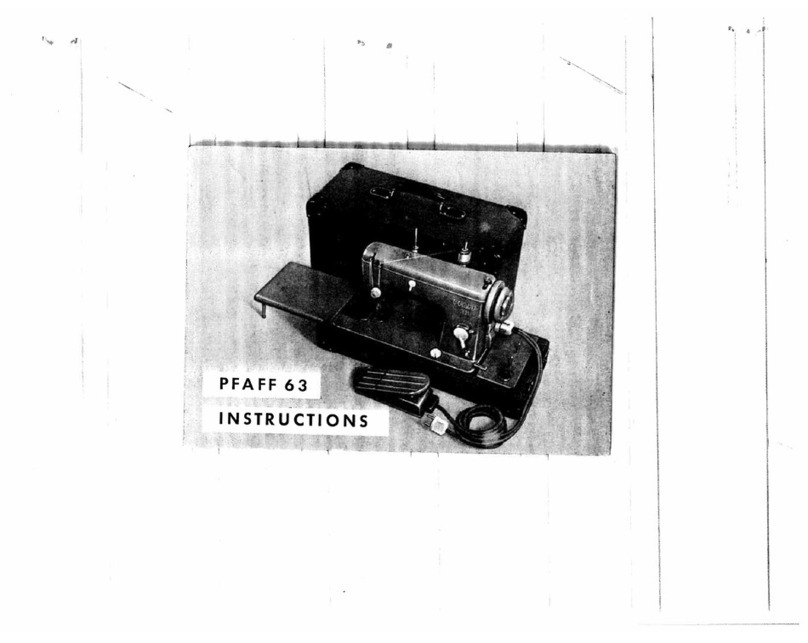
Pfaff
Pfaff 63 User manual
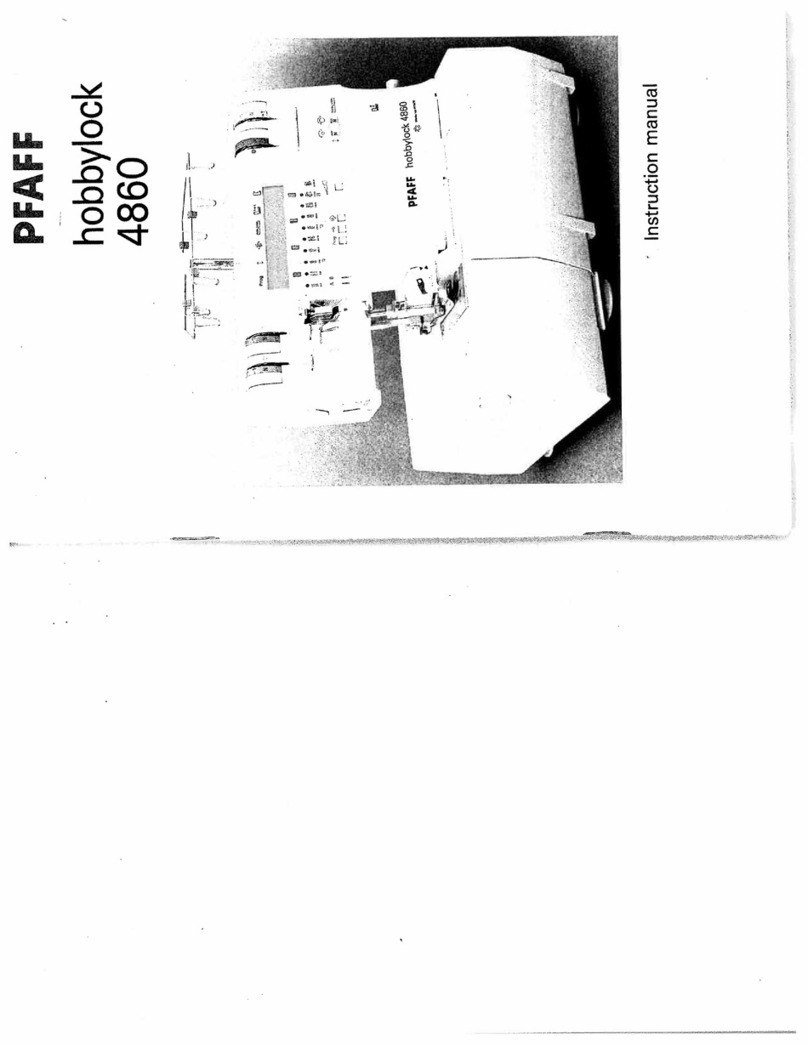
Pfaff
Pfaff Hobbylock 4860 User manual

Pfaff
Pfaff CALANDA 132 User manual
